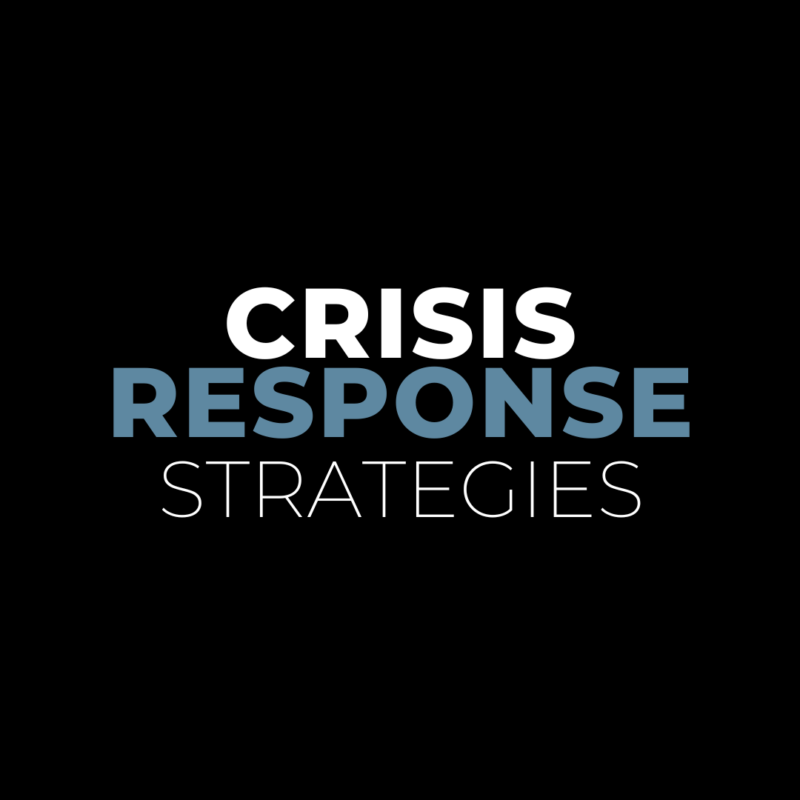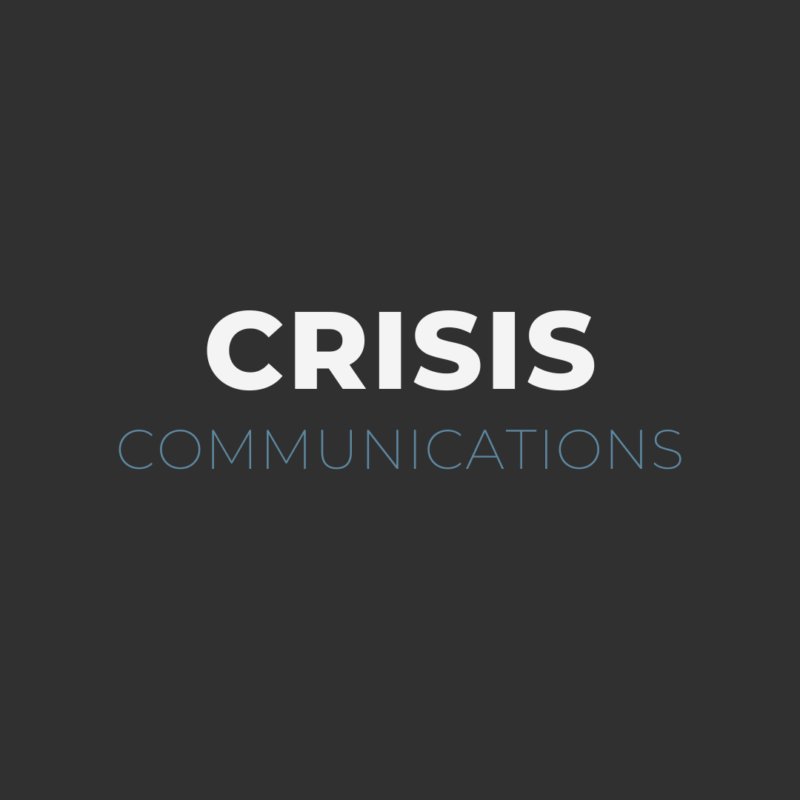Why internal crisis management is just as important as external crisis communication
In times of crisis, it’s critical for your brand’s public message to be timely and accurate. Sharing information externally can help the perception of your company when you have the ability to control the message. External communication can be what you share with your customers and members through email and what you share with reporters and on your company’s social media profiles. What are some necessary steps to take for successful crisis management? It all starts with your internal processes.
Establish a crisis leadership team
Before any message is written and distributed, it’s imperative that a crisis leadership team is established. This team can include senior management, the communications department and a public relations firm. When creating the crisis team, roles need to be clearly defined or you risk a delay in gathering necessary details and delivering a timely response. Roles can include someone that gathers all information, someone to develop and distribute the message and a point person for key stakeholders and media interviews.
Gather all information
Getting all of the details of the incident doesn’t mean everything will be shared with the public. Having all the information will help the crisis team be prepared with the full knowledge of what happened in order to plan the next steps. If someone involved in the incident shared what happened with an outside source before an official statement was made, the communications team needs to know in order to be prepared for potential questions. When all the details have been gathered, the message can be crafted clearly and honestly to avoid distributing incorrect information.
Respond quickly…but not too quickly
It’s easy to want to send a message as soon as a problem arises, but that could do more harm than good. If you don’t have all your facts in place, you could be left inundated with comments, emails and inquiries asking about the questions your message left unanswered. While your team is gathering information and depending on the severity of the situation, you can determine whether it’s appropriate to release a first response. This short message can be crafted to acknowledge you are aware and you’re actively working on a solution until you release your official statement.
When your company faces a crisis, having a process already in place can help public perception and brand loyalty immensely. Set up a team with a point person to help establish a clear line of communication. Gather all details to ensure effective messaging. And, respond timely to minimize damage and create trust with your stakeholders.
If you need help putting together a response plan for your company, Obsidian’s crisis management teams are here to help. Contact us today.


